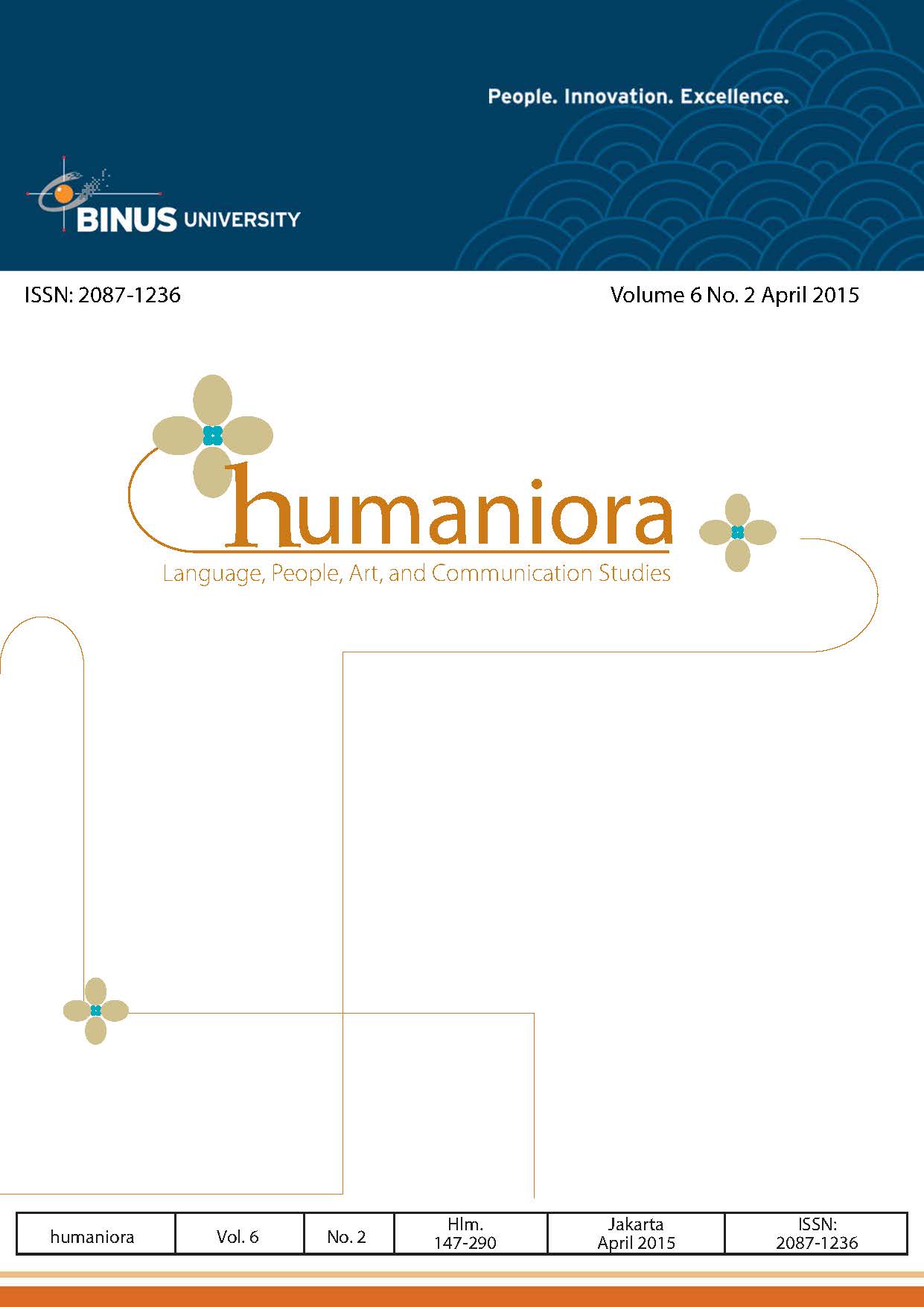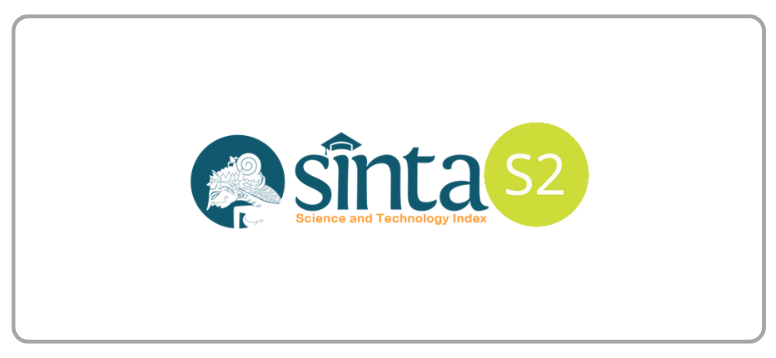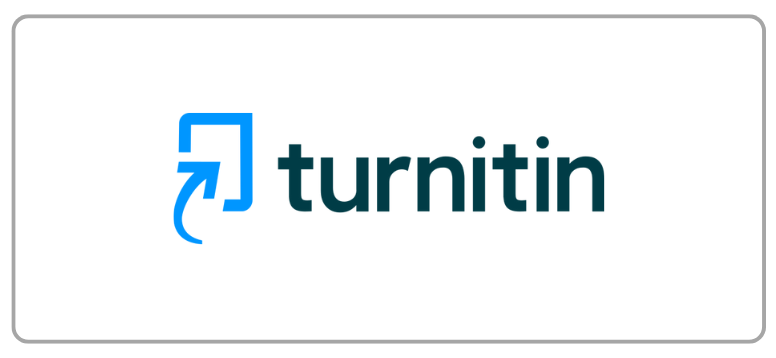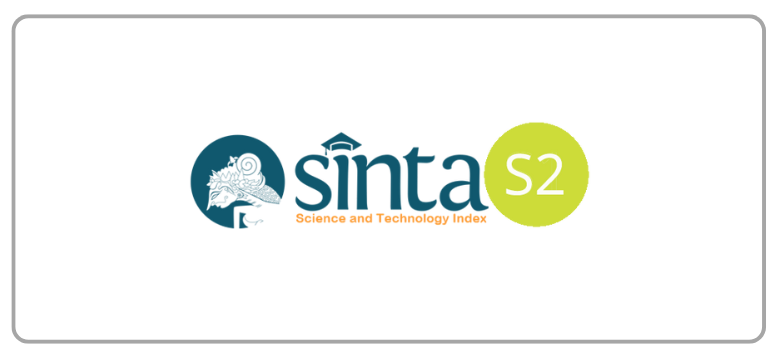Analysis of Movie I Am Not Stupid 2: Parenting Style 分æžã€Šå°å©ä¸ç¬¨2》电影的父æ¯æ•™è‚²æ³•
DOI:
https://doi.org/10.21512/humaniora.v6i2.3324Keywords:
parenting styles, Diana Baumrind, I am not stupid 2Abstract
This paper, through Singaporean movie I am not Stupid 2, analyzes the relation between parenting and children’s growth process and also the action of parents should do to offer children for having a good growth process. Research was done based on Baumrind theory about parenting analysis to what kind of parenting that the parents of the movie I am not Stupid 2 offer to their children. Research used literature study to summarize, arrange, and analyze of Diana Baumrind as basis of the research. The results show that Tom and Jerry’s parents or Cheng Cai’s father used authoritarian parenting style. Research suggests that the best parenting style is authoritative parenting because this type of parenting does not only concern about the prominence of rules or regulations in the family, but also the affection of parents towards the children. Therefore, the family will certainly become more harmonious.
Â
References
Baumrind D. (1967). Child care practice anteceding three patterns of preschool behavior. Genetic Psychology Monographs.75(1), 43-48.
Baumrind D. (1971). Current Patterns of Parental Authority. The University of Michigan American Psychological Association.
Hurlock, E. B. (2006). Psikologi Perkembangan.Jakarta: Erlangga.
Nurhidayah, S. (2008). Pengaruh Ibu Bekerja dan Peran Ayah dalam Coparenting terhadap Prestasi Belajar Anak. Jakarta: Erlangga.
高军. (2007). 家åºçŽ¯å¢ƒã€çˆ¶æ¯æ•™å…»æ–¹å¼ä¸Žå¹¼å„¿å¤šå…ƒæ™ºåŠ›å€¾å‘æ€§çš„å…³ç³»ç ”ç©¶. Diakses 1 Juni 2007 dari http://www.docin.com/p-75401534.html
胡雯æ´. (2006). å•äº²å®¶åºæ•™å…»æ–¹å¼å¯¹é’年心ç†å¥åº·å°è±¡å› ç´ çš„å½’å› ç ”ç©¶. Diakses Mei 2006 dari http://www.docin.com/p-73786968.html
Downloads
Published
How to Cite
Issue
Section
License
Authors who publish with this journal agree to the following terms:
a. Authors retain copyright and grant the journal right of first publication with the work simultaneously licensed under a Creative Commons Attribution License - Share Alike that allows others to share the work with an acknowledgment of the work's authorship and initial publication in this journal.
b. Authors are able to enter into separate, additional contractual arrangements for the non-exclusive distribution of the journal's published version of the work (e.g., post it to an institutional repository or publish it in a book), with an acknowledgment of its initial publication in this journal.
c. Authors are permitted and encouraged to post their work online (e.g., in institutional repositories or on their website) prior to and during the submission process, as it can lead to productive exchanges, as well as earlier and greater citation of published work.
USER RIGHTS
All articles published Open Access will be immediately and permanently free for everyone to read and download. We are continuously working with our author communities to select the best choice of license options, currently being defined for this journal as follows: Creative Commons Attribution-Share Alike (CC BY-SA)



















